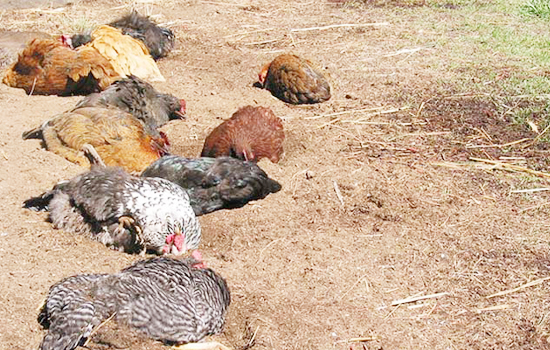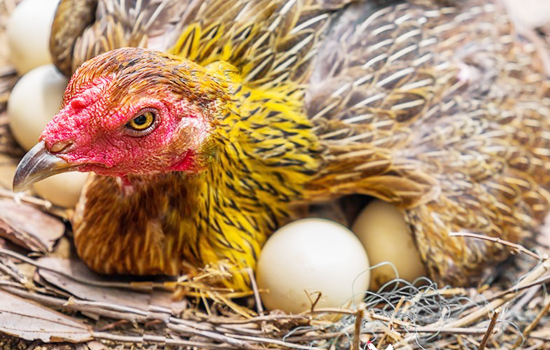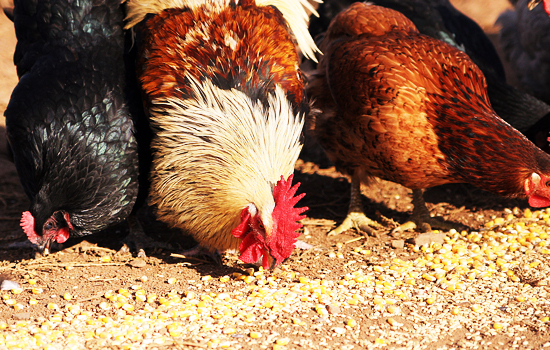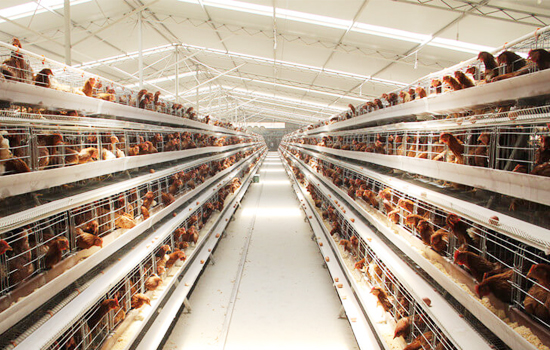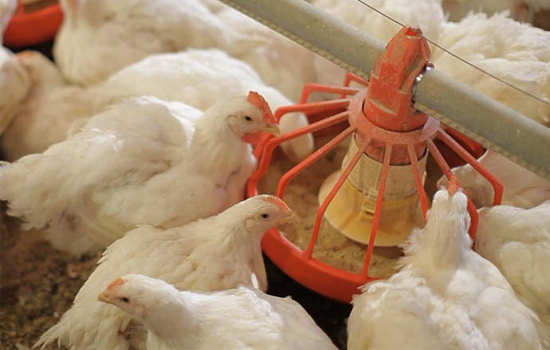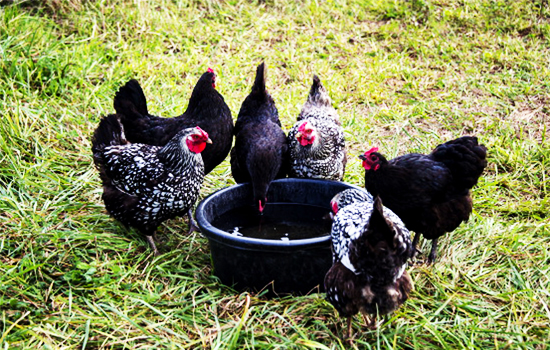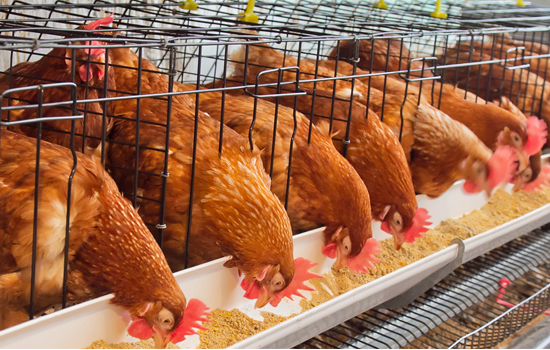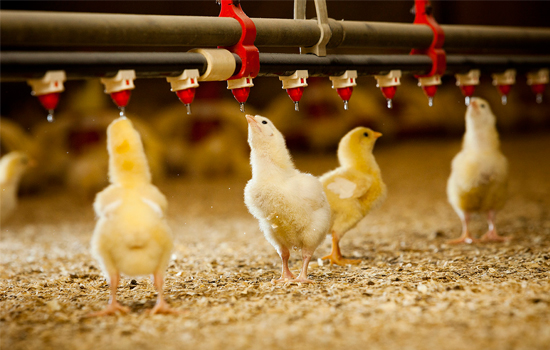How to use traditional Chinese medicine prevent heatstroke?
- Published in Method of breeding chicken
1.Lotus leaf.
Lotus leaf, bitter taste, sexual level, by the stomach, lung, liver, there is antipyretic heat, regulate spleen and stomach, spleen yang, and cooling blood to stop bleeding.
In summer, chickens eat feeds containing lotus leaf, which can relieve heat and regulate spleen and stomach, and can also treat chicken wet spell diarrhea, spleen deficiency diarrhea, and blood feces.
Usage: Harvest in summer and autumn seasons. When it is dry to 78% dry, go out the petiole, dry it and grind it. For prevention of heat stroke, mix 1% of the ingredients (2-4 grams per chicken when treated).
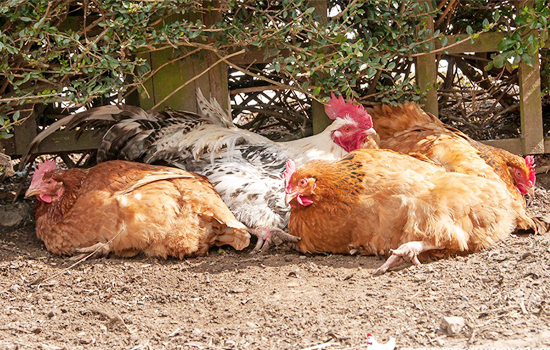
2.Artemisia annua.
Artemisia annua is bitter, cold, and has the effect of clearing away heat and migrating heat and Xuanhua. It has a certain therapeutic effect on chicken coccidiosis.
In addition, chickens eat Artemisia annua can also improve the conversion rate of immune cells and improve the immune resistance of chickens.
Usage: Artemisia annua blossom before flowering, remove impurities, spray water, micro-run, cut, dry, crush. The use of spices to prevent heat stroke, according to 1% proportion of spices.

